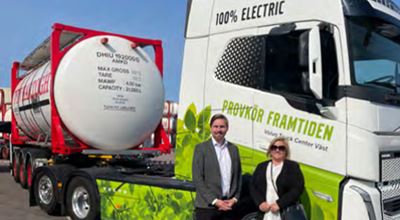Eco-Efficiency, Energy and
Circularity
Our global health, safety and environment (HSE) procedures set requirements to help foster environmental protection at all our sites.
For instance, site management continuously seeks ways to reduce environmental impacts, waste generation, and energy consumption through objective plans and targets outlined in each site's Improvement Plan. Each site management team is responsible for maintaining an Environmental Management System that identifies significant environmental impacts and ensures they are appropriately managed.
We use a dashboard to monitor eco-efficiency parameters. Our sites track these to measure performance. We are also constantly innovating to develop more sustainable and circular products.










